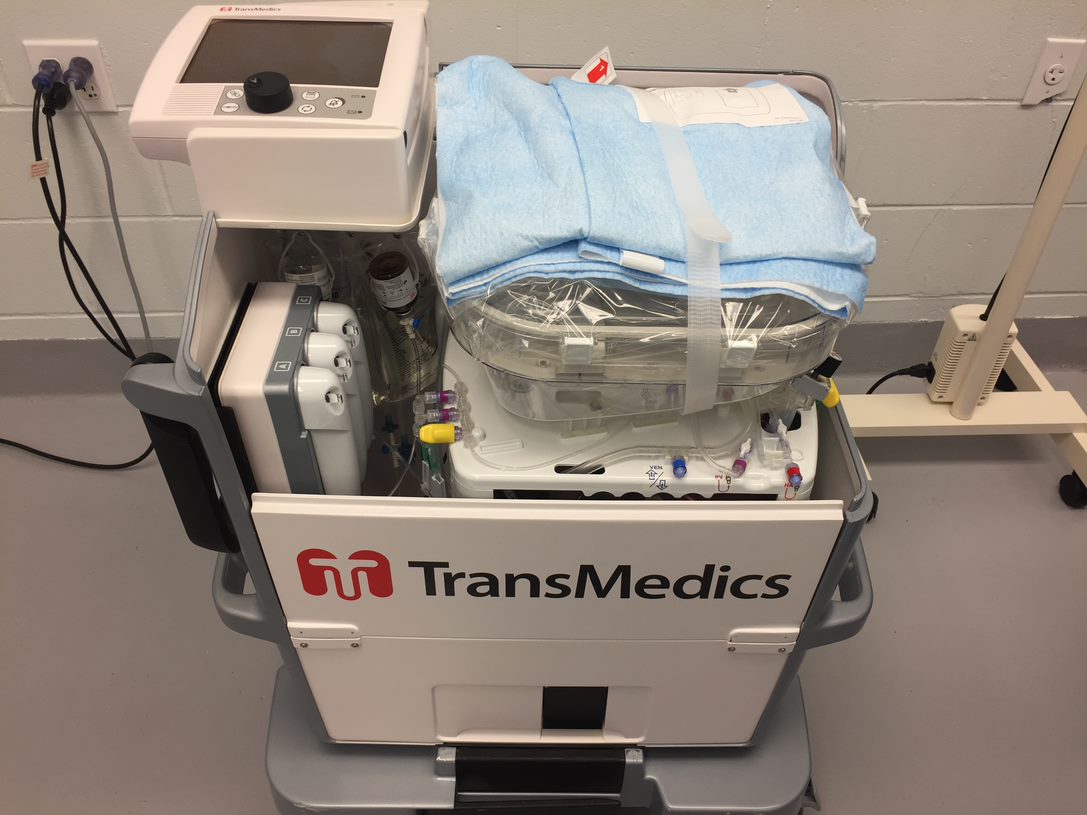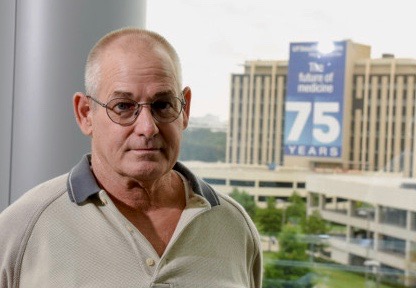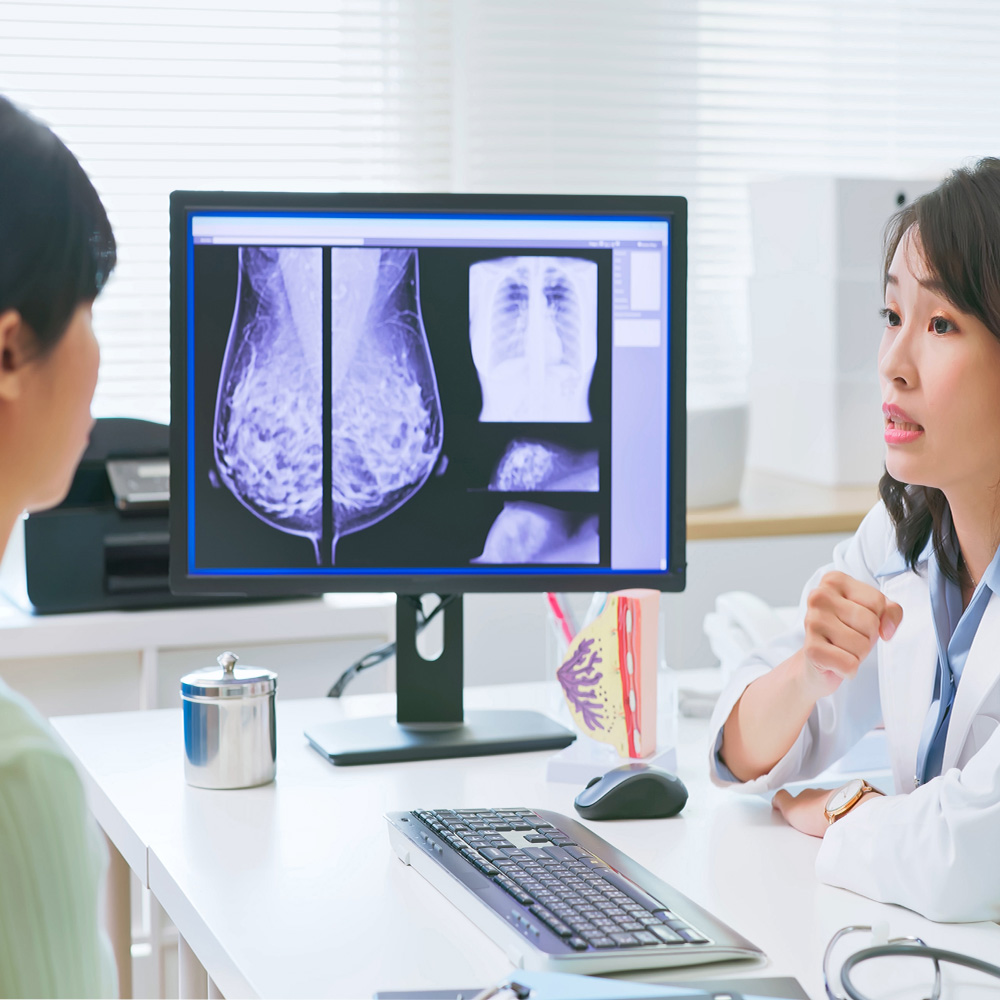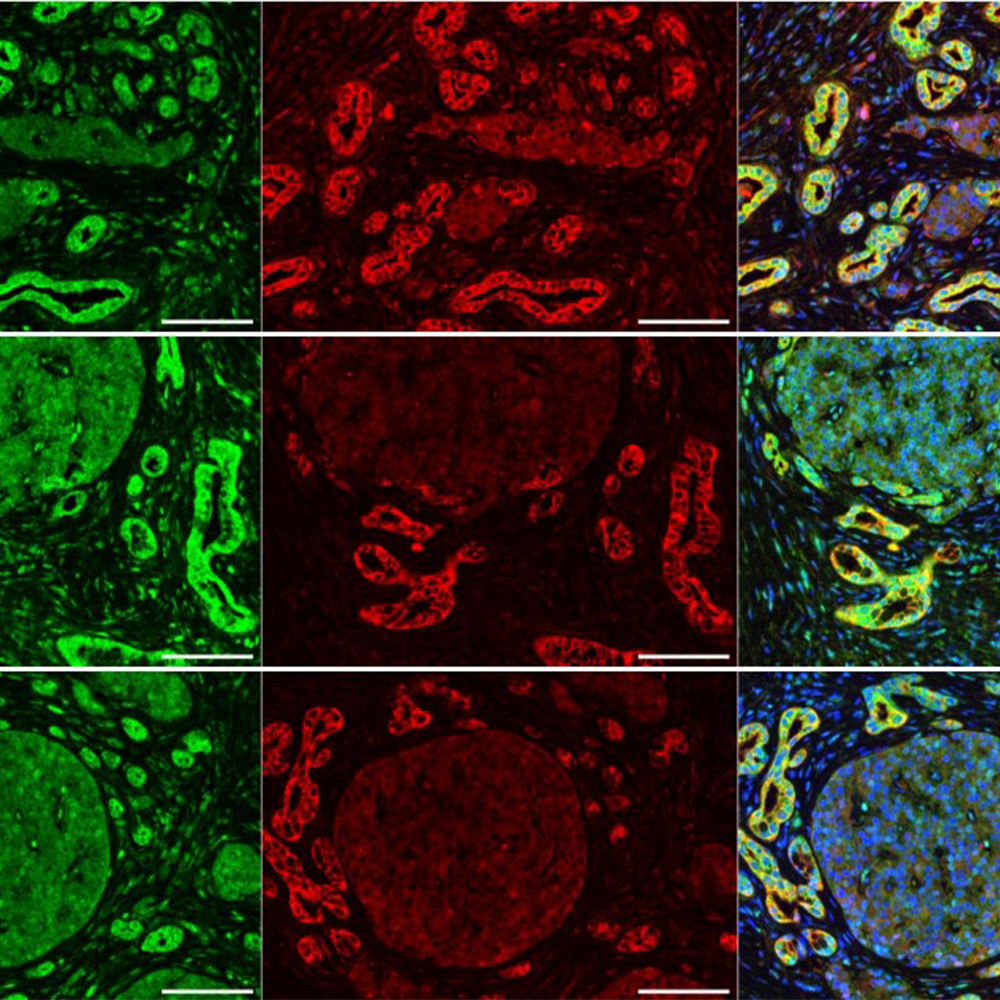Warming up: New method of liver transplant keeps organ at body temperature
DALLAS – Aug. 22, 2018 – It’s an organ in a box, and it must be delivered in time to save a patient’s life.
Since the first liver transplant in 1963, donated livers have been immersed in an icy cold fluid in a cold storage system for transport, similar in principle to ice chests used for picnics and trips to the beach. Once the organ is implanted in the patient, the surgeon learns whether it will function correctly.
Now, transplant surgeons are testing a new device that keeps the liver warm and circulates blood through its vessels during transport. The Liver PROTECT study is an international clinical trial using the portable Organ Care System (OCSTM) that is led by transplant surgeon Dr. Malcolm MacConmara at UT Southwestern Medical Center – the only trial location in Dallas and one of just 10 sites in the country.
“It’s like a virtual transplant,” said Dr. MacConmara, Assistant Professor in the Division of Surgical Transplantation in the Department of Surgery. “By putting the liver on the machine, we can truly approximate the conditions of the body. We provide oxygen, blood, and nutrition to the liver and watch how it functions before the patient receives the organ.”
Keeping the liver warm
The new device is the size of a small shopping cart. Inside, the major blood vessels of a donor liver connect to tubes that infuse the organ with blood – as if the liver had never left the donor’s body. The liver makes bile and processes medications to the whooshing “pulse” of the blood circulating through the organ.

Dr. Parsia Vagefi, Associate Professor of Surgery and Chief of the Division of Surgical Transplantation, explained some of the current challenges: “The longer a liver sits on ice, the more likely it is to have problems after transplant. The liver will become unusable if it has been stored for too long. With many patients waiting for organs, this new way of treating organs may expand the number of donated livers that can be used for transplant.”
One recent beneficiary of the new method is Greg Nielsen, a swimming pool construction worker in Dallas. At age 59, his liver was failing due to cirrhosis and liver cancer. His feet, ankles, and belly were swollen from water retention. When he reached UT Southwestern in June, his options were running out.
When a liver quickly became available, Dr. MacConmara and the transplant team traveled to the donor hospital, carefully placed the liver in the OCSTM, and returned to UT Southwestern. Dr. MacConmara’s team continued to monitor the liver as it produced bile and ensured it was functioning well. Dr. Vagefi led the liver transplant surgery team.
A speedy recovery
Together, they gave Mr. Nielsen a new liver and a new life. His body tolerated the transplant surgery so well that he was removed from the ventilator at the end of the procedure. He continued to make rapid progress and was sent home just three days after his surgery.
“The surgeons told me I’m setting a record,” Mr. Nielsen said. “My blood work is normal and I have energy again. Now I’m awake at 5 a.m. and stay up until midnight.” He’s looking forward to going back to work soon.
According to the United Network for Organ Sharing (UNOS), an average of 20 people die each day waiting for a transplant. Liver transplant is the most common after kidney, with about 8,000 liver transplants per year. One organ donor can save up to eight lives.
For patients, life after a successful transplant is a vast improvement. “Before the surgery, I couldn’t walk much at all. Now I walk 45 minutes every morning. It’s like a miracle,” Mr. Nielsen said.
The portable Organ Care System (OCSTM) is produced by TransMedics, which is funding the trial.
About UT Southwestern Medical Center
UT Southwestern, one of the premier academic medical centers in the nation, integrates pioneering biomedical research with exceptional clinical care and education. The institution’s faculty has received six Nobel Prizes, and includes 22 members of the National Academy of Sciences, 16 members of the National Academy of Medicine, and 15 Howard Hughes Medical Institute Investigators. The faculty of more than 2,700 is responsible for groundbreaking medical advances and is committed to translating science-driven research quickly to new clinical treatments. UT Southwestern physicians provide care in about 80 specialties to more than 105,000 hospitalized patients, nearly 370,000 emergency room cases, and oversee approximately 2.4 million outpatient visits a year.





